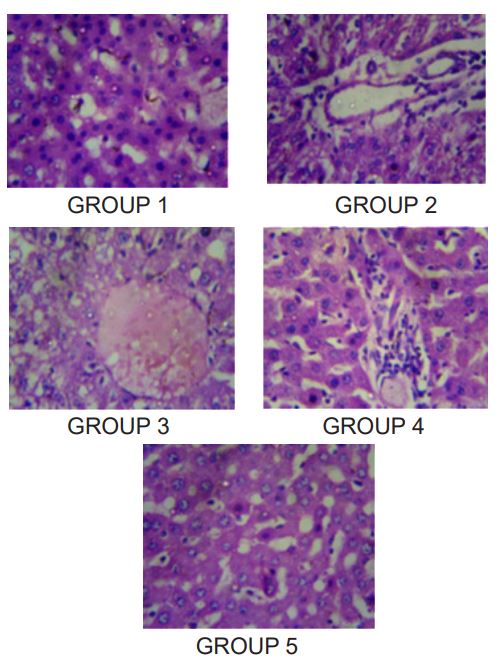The Phytochemical Investigation and Pharmacological Evaluation of Hepatoprotective Activity of Bougainvillea glabra in Rats
DOI:
https://doi.org/10.5530/ctbp.2024.1.5Keywords:
Hepatoprotective activity, Bougain villea glabra, Silymarin, paracetamol-inducedAbstract
An indispensable organ is the liver which is crucial to the body’s removal of foreign substances and it plays an unexpected part in preserving, controlling, and restoring the body’s homeostasis. It is involved in practically every biochemical route that leads to growth, the defense against illness, the supply of nutrients, the creation of energy, and reproduction. The metabolism of carbohydrates, proteins, and fats, as well as detoxification, bile secretion, and vitamin storage, are the liver’s primary roles. Numerous hazardous substances, including ethanol, silymarin, chemotherapeutic drugs, thioacetamide, carbon tetrachloride, paracetamol, and microorganisms can cause hepatotoxicity. The present investigation goal is to assess the ethanolic hepatoprotective workings of bougainvillea glabra Leaf extract on Wister rats’ liver damage brought on by paracetamol. The great Bougainvillea glabra plant is used in cooking and as an ornament that is additionally employed in conventional remedies to treat familiar illnesses. Numerous investigations have demonstrated the diverse pharmacological actions of certain extracts or components that were derived from the genus Bougainvillea. Certain kinds of bougainvillea have evolved into the origin of standard medical care for mortal wellness. The plant was collected and dried in the shade at room temperature The plant Bougainvillea was powdered and successively extracted using a Soxhlet apparatus with suitable solvents acetone, chloroform, aqueous, ethanol, and methanol. When different extracts were examined phytochemically, fixed oils, saponins, amino acids, glycosides, and alkaloids were discovered. The level of defense is determined by calculating biochemical parameters such as serum glutamate oxaloacetate transaminase, serum glutamate pyruvate transaminase, total protein, total albumin, alkaline phosphatase, and the level of total serum direct and indirect bilirubin levels. Observing any changes occurring in rats before and after the experiment like the weight of the animals and liver weight of the rats Additionally, a histologic evaluation was performed to rule out paracetamol-induced hepatotoxicity.



